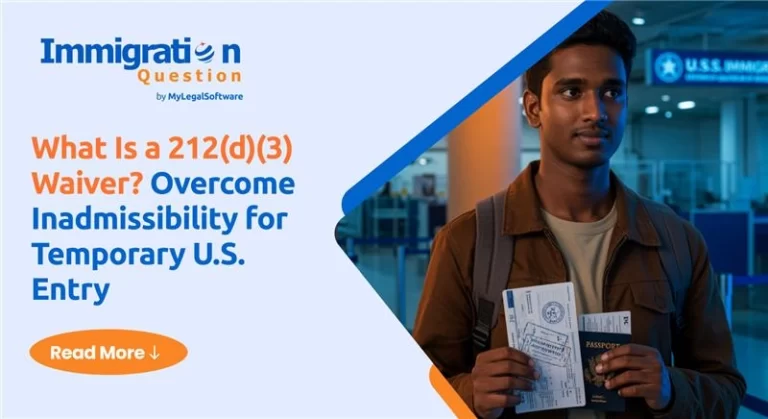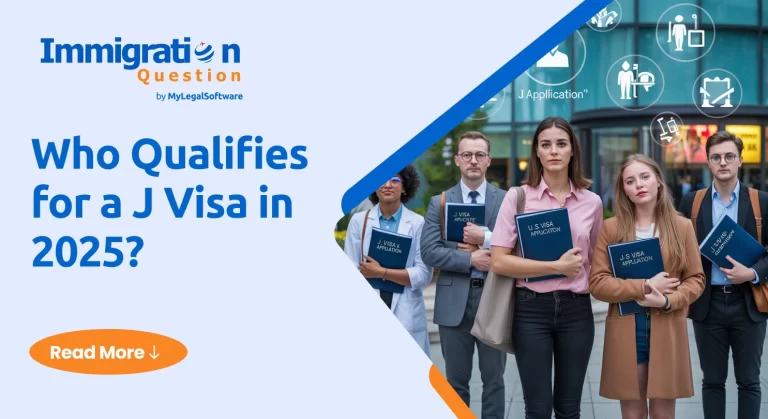The Fiancé Visa, officially known as the K-1 Visa, allows a U.S. citizen to bring their foreign fiancé(e) to the United States to get married. This visa is designed to enable couples to reunite and marry on U.S. soil, offering a pathway to permanent residency after marriage. However, the process involves meeting specific requirements, submitting detailed documentation, and adhering to a strict timeline.
Navigating the fiancé visa process can be complex, and consulting with an experienced immigration attorney can help ensure that all necessary steps are completed accurately and efficiently.
In this blog, we’ll explore the key requirements, application process, and common questions about the Fiancé Visa, along with tips on avoiding delays and increasing your chances of approval.
Why Understanding the Fiancé Visa Process is Important
Applying for a Fiancé Visa involves multiple steps and detailed scrutiny by U.S. Citizenship and Immigration Services (USCIS) and the U.S. Department of State. Understanding these steps ensures that you:
- Submit a complete and accurate application.
- Avoid unnecessary delays caused by errors or missing documents.
- Prepare effectively for the required interview.
By staying informed about the requirements and potential pitfalls, you can minimize the risk of denial and make the transition smoother for you and your fiancé(e).
What is the K-1 Fiancé Visa?
The K-1 Visa allows the foreign fiancé(e) of a U.S. citizen to enter the United States with the intention of getting married within 90 days of arrival. Once married, the foreign spouse can apply for adjustment of status to become a lawful permanent resident (Green Card holder). The purpose is to facilitate marriage between a U.S. citizen and their foreign fiancé(e). The visa is valid for 90 days, during which the couple must get married. If the marriage does not occur within 90 days, the foreign fiancé(e) will be required to leave the United States.
Eligibility Requirements for the Fiancé Visa
To apply for a Fiancé Visa, both the U.S. citizen petitioner and the foreign fiancé(e) must meet the following criteria:
1. Proof of U.S. Citizenship
The petitioner must be a U.S. citizen. Lawful permanent residents (Green Card holders) are not eligible to apply for a K-1 Visa.
2. Intent to Marry Within 90 Days
Both parties must demonstrate a genuine intent to marry within 90 days of the fiancé(e)’s arrival in the United States. Proof of wedding plans, such as venue reservations or invitations, can strengthen your case.
3. Proof of a Genuine Relationship
USCIS requires substantial evidence that the relationship is authentic and not entered for immigration benefits. Acceptable proof may include:
- Photos together.
- Correspondence such as emails, messages, and letters.
- Travel records showing visits to each other’s countries.
- Affidavits from family and friends confirming the relationship.
4. Meeting in Person
The couple must have met in person at least once within the two years before filing the petition. Exceptions may be granted for extreme hardship or if meeting in person violates long-standing cultural or religious customs.
5. Legal Ability to Marry
Both individuals must be legally free to marry. This means that any previous marriages must be legally terminated through divorce, annulment, or death.
Step-by-Step Guide to the Fiancé Visa Process
Navigating the Fiancé Visa application process involves multiple steps. Here’s a breakdown of the essential stages:
Step 1: File Form I-129F (Petition for Alien Fiancé(e))
The U.S. citizen petitioner must file Form I-129F, Petition for Alien Fiancé(e), with USCIS. This form initiates the process and provides details about the couple’s relationship.
Supporting Documents Required:
- Proof of U.S. citizenship (passport, birth certificate, or naturalization certificate).
- Evidence of a genuine relationship.
- Passport-style photos of both petitioner and fiancé(e).
- Proof of meeting in person within the last two years.
Step 2: USCIS Processing and Approval
USCIS will review the petition and supporting documents. If everything is in order, they will approve the petition and forward it to the National Visa Center (NVC) for further processing.
Processing Time: USCIS typically processes Form I-129F within 6 to 9 months, but processing times can vary.
Step 3: Consular Processing and Interview
Once the petition is approved, the case is sent to the U.S. embassy or consulate in the foreign fiancé(e)’s home country. The fiancé(e) must:
- Complete Form DS-160 (Online Nonimmigrant Visa Application).
- Undergo a medical examination with an authorized physician.
- Attend an interview at the U.S. embassy or consulate.
During the interview, the consular officer will assess the authenticity of the relationship and ensure that the couple intends to marry within 90 days.
Step 4: Issuance of the Fiancé Visa
If the interview is successful, the fiancé(e) will be issued a K-1 Visa to enter the United States. The visa is typically valid for six months, allowing the fiancé(e) to travel to the U.S. and marry the petitioner.
Duration of Stay: The foreign fiancé(e) must marry the U.S. citizen within 90 days of arrival.
Step 5: Marriage and Adjustment of Status
Once married, the foreign spouse can apply for adjustment of status by filing Form I-485 (Application to Register Permanent Residence or Adjust Status) to become a lawful permanent resident.
Conditional Green Card: The foreign spouse will initially receive a conditional Green Card valid for two years. After two years, they can apply to remove the conditions and obtain a 10-year Green Card.
Common Challenges and How to Overcome Them
The Fiancé Visa process can be complex, and applicants often encounter challenges such as:
- Proving a Genuine Relationship: Insufficient evidence can lead to delays or denials. Providing a variety of documents that demonstrate ongoing communication, visits, and shared experiences can help strengthen your case.
- Meeting the Financial Requirements: The U.S. citizen petitioner must meet the income requirement to demonstrate that they can support their fiancé(e). Filing Form I-134 (Affidavit of Support) is essential.
- Errors or Omissions in the Application: Incomplete or inaccurate information can result in delays. Working with an immigration attorney can help ensure that your application is error-free and properly documented.
How an Immigration Attorney Can Help with Your Fiancé Visa
Partnering with an experienced immigration attorney can make a significant difference in your Fiancé Visa application process. Here’s how an attorney can help:
- Application Review and Filing: Attorneys can ensure that Form I-129F and all supporting documents are complete and accurate, minimizing the risk of delays.
- Guidance on Evidence Submission: Attorneys help compile strong evidence to prove the authenticity of the relationship.
- Interview Preparation: Attorneys can prepare both the petitioner and the fiancé(e) for the visa interview, ensuring that they are confident and ready to address any questions.
- Addressing Denials or Complications: If your application is denied, an attorney can help file an appeal or reapply with stronger documentation.
Frequently Asked Questions About the Fiancé Visa
-
How Long Does the Fiancé Visa Process Take?
The entire process typically takes 12 to 18 months, depending on USCIS processing times and the availability of interview appointments.
-
Can My Fiancé(e) Work in the U.S. After Entering on a K-1 Visa?
Yes, after entering the U.S., your fiancé(e) can apply for a work permit by filing Form I-765 (Application for Employment Authorization). However, they can only work legally after receiving authorization.
-
What Happens If We Don’t Get Married Within 90 Days?
If the couple does not get married within 90 days, the foreign fiancé(e) must leave the United States, or they may risk removal proceedings.
-
Can My Fiancé(e) Bring Their Children to the U.S.?
Yes, unmarried children under 21 years old may accompany the fiancé(e) to the U.S. on a K-2 Visa.
Take the First Step Toward Reuniting with Your Loved One
Bringing your fiancé(e) to the United States through a Fiancé Visa can be an exciting but complex process. Ensuring that you meet all requirements and submit a strong application is crucial for a successful outcome. Consulting with an experienced immigration attorney can make a significant difference by helping you avoid common pitfalls and increasing your chances of approval.
For expert guidance and legal assistance, visit ImmigrationQuestion.com and take the first step toward reuniting with your loved one.





